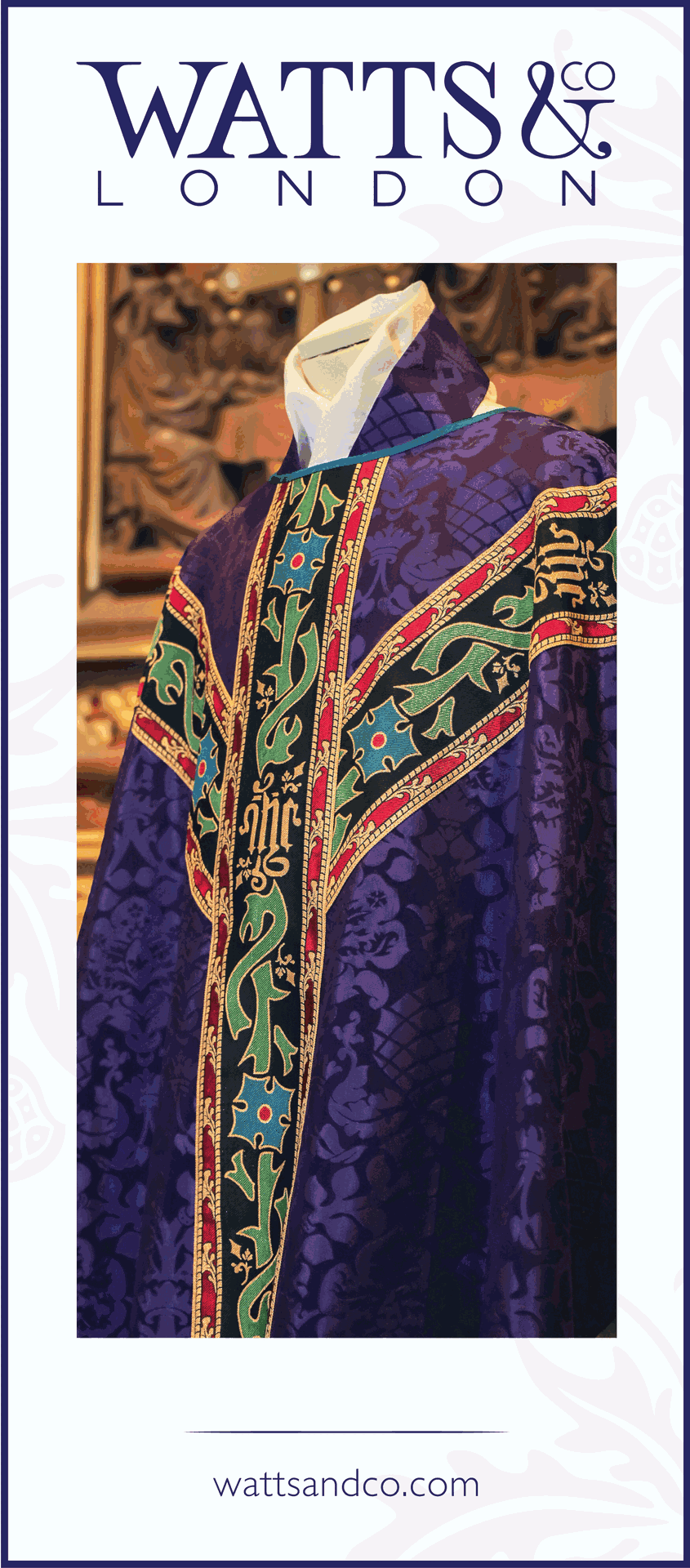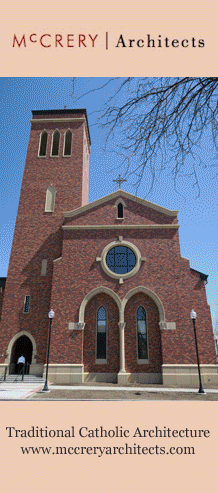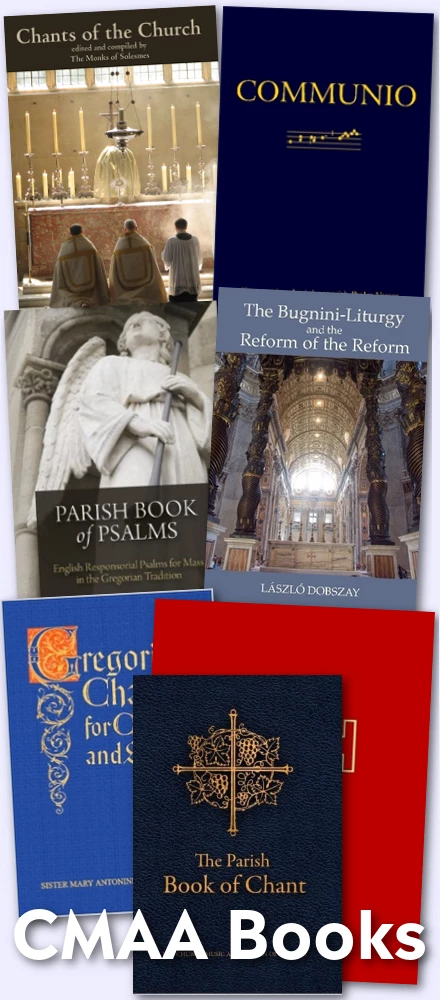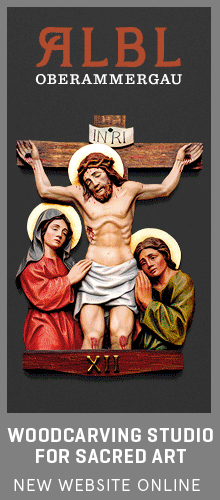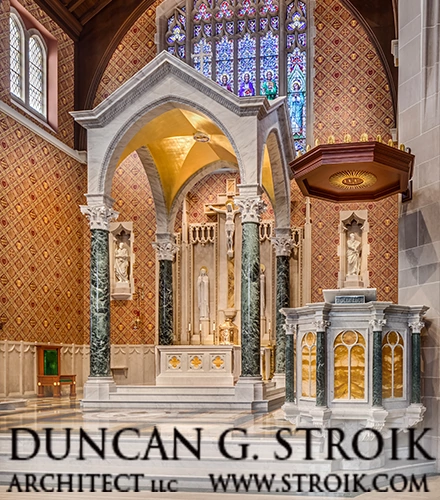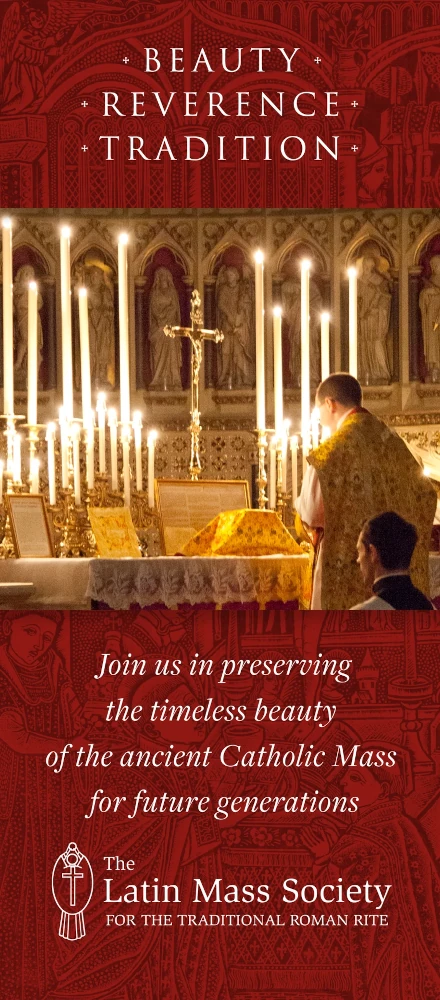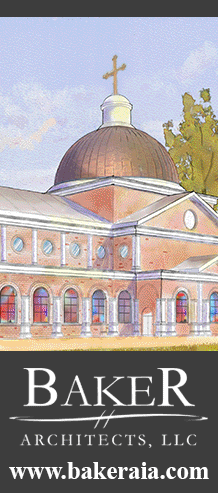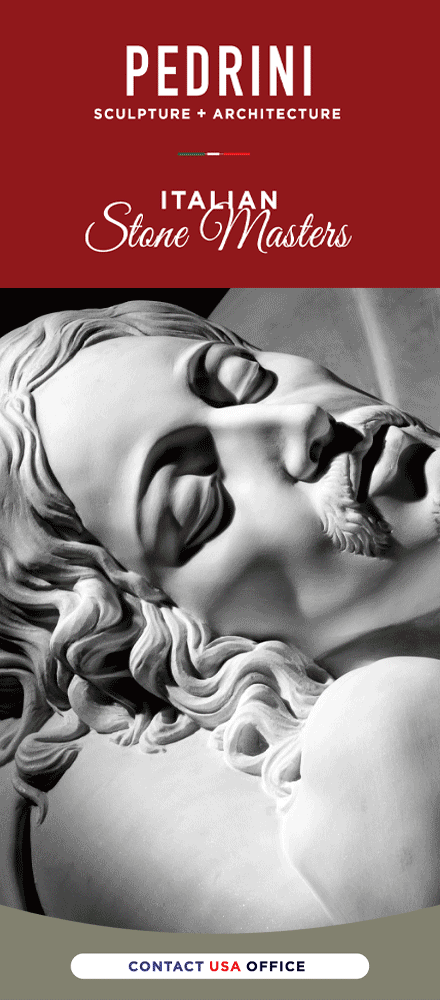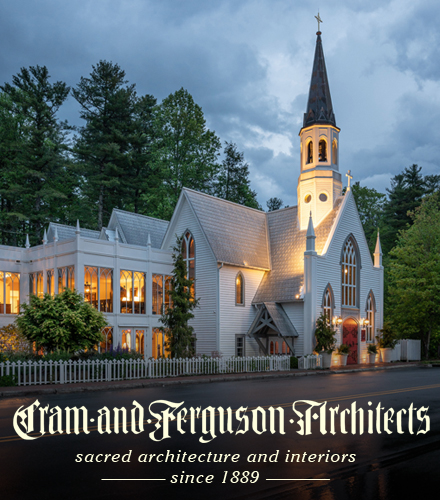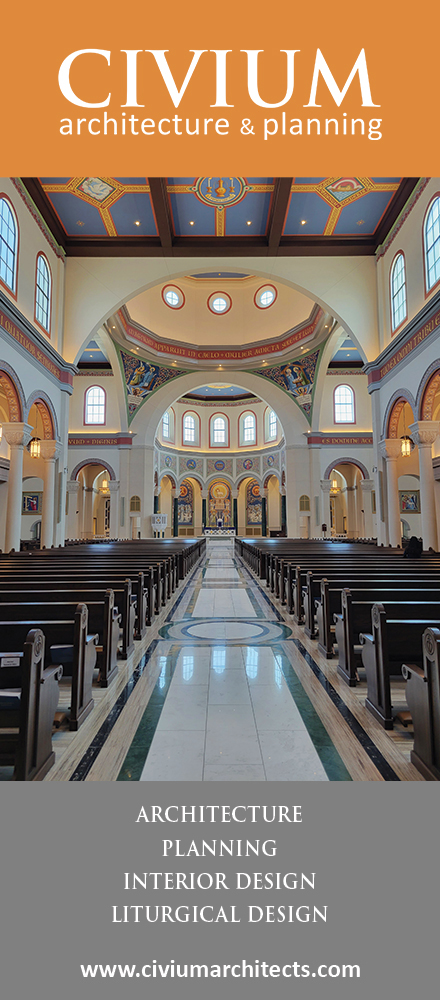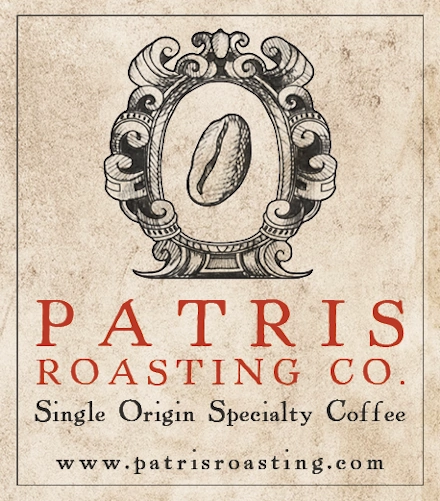In the May-June 2006 issue of the Newsletter of the USCCB Committee on the Liturgy, the following notice was posted:
It is a strangely inauspicious note, given that music is one of the most contentious areas of American Catholic liturgical life. Every parish faces difficulties in this area, and every Catholic has an opinion on the matter. If they are really asking for public comment from interested parties, there will be tens of millions there on October 9, 2006.
To be sure, something needs to be done. It is not widely acknowledged that dramatic musical changes that occurred after the early 70s drove millions from their parishes. This was a terrible tragedy that is rarely spoken about with any degree of frankness. In the last decades, the sad state of Catholic music has become fodder for comedy send ups, an embarrassment for the serious musicians who remain faithful Catholics, and the subject of many sermons and declarations from Church authorities.
Every effort has been made by Rome to stop the madness and restore some clarity to the issue. And there are some very encouraging signs that matters are beginning to change. Outstanding examples of great Catholic music can be heard in many Cathedrals in this country and especially in the National Shrine in Washington, D.C. People in large cities can find outstanding liturgy shepherded by a younger generation of music directors and priests. Workshops designed to recapture what has been lost are on the increase.
And yet relics of the old remain, not only in practice in many small and medium sized parishes around the country but also in legislation such as the documents that are going to be revised by the US Bishops.
At the center of debate is Music in Catholic Worship (the annoucement above seems to have typo in the name of the document), that letter issued by a subcommittee in 1972 and revised in 1983 but never voted on by the whole body of US Bishops. Despite its non-authoritative status, it has had a huge influence on American Catholic music, mainly because three generations of workshop goers have been told that it offers the blueprint for music at Mass.
It is now being proposed that the documents be revised, which itself is a concession to its inadequacies. And yet, looking back it today, I can't entirely see the point. Far better just to withdraw it and defer to what the Church teaches concerning music, as found in the GIRM, Musica Sacra, and 20 centuries of papal legislation. At the very least, the USCCB ought to defer to the definition of Sacred Music that has been widely accepted since Pius X: it must be holy, universal, and beautiful. The first trait seems to have escaped the notice of the authors of MCW.
But that only scratches the surface of the problems. The entire document has a peculiar and uprooted tone, as if it is the first document ever released on the topic, as if there is no tradition worthy of deference, or as if the authors presumed that the world of Catholic music had been blown up and had to be recreated from scratch.
So let me just isolate a few of the most startling passages:
17. The diversity of people present at a parish liturgy gives rise to a further problem. Can the same parish liturgy be an authentic expression for a grade school girl, her college age brother, their married sister with her young family, their parents and grandparents? Can it satisfy the theologically and musically educated along with those lacking in training? Can it please those who seek a more informal style of celebration? The planning team must consider the general makeup of the total community.
Comment: this way lies disaster. It is an impossible task to attempt to make music that appeals to every taste. That shouldn't be the goal in any case, and for the document to presume it is a serious disservice.
28. …Style and value are two distinct judgments. Good music of new styles is finding a happy home in the celebrations of today. To chant and polyphony we have effectively added the chorale hymn, restored responsorial singing to some extent, and employed many styles of contemporary composition. Music in folk idiom is finding acceptance in eucharistic celebrations. We must judge value within each style.
Comment: Let's just look past the "happy home" comment, which is really a stretch. More fundamentally, are we being told that we cannot judge style? Heavy metal and atonal pointillism are potentially just as suitable as Gregorian Chant? Well, not quite. It appears that Gregorian Chant is depreciated in every respect:
51. The former distinction between the ordinary and proper parts of the Mass with regard to musical settings and distribution of roles is no longer retained. For this reason the musical settings of the past are usually not helpful models for composing truly liturgical pieces today.
That is an incredible statement. Just incredible. But the remainder of the document seeks to live up to the notion that musical models of the past should be forgotten. Thus do we read this paragraph on the Communion chant that somehow fails to mention anything about the actual Communion chant:
62. The communion song should foster a sense of unity. It should be simple and not demand great effort. It gives expression to the joy of unity in the body of Christ and the fulfillment of the mystery being celebrated.
Does the document need "revision?" We need to hope and pray that the times have changed enough that people who are in charge of these matters will completely rethink its premises.

